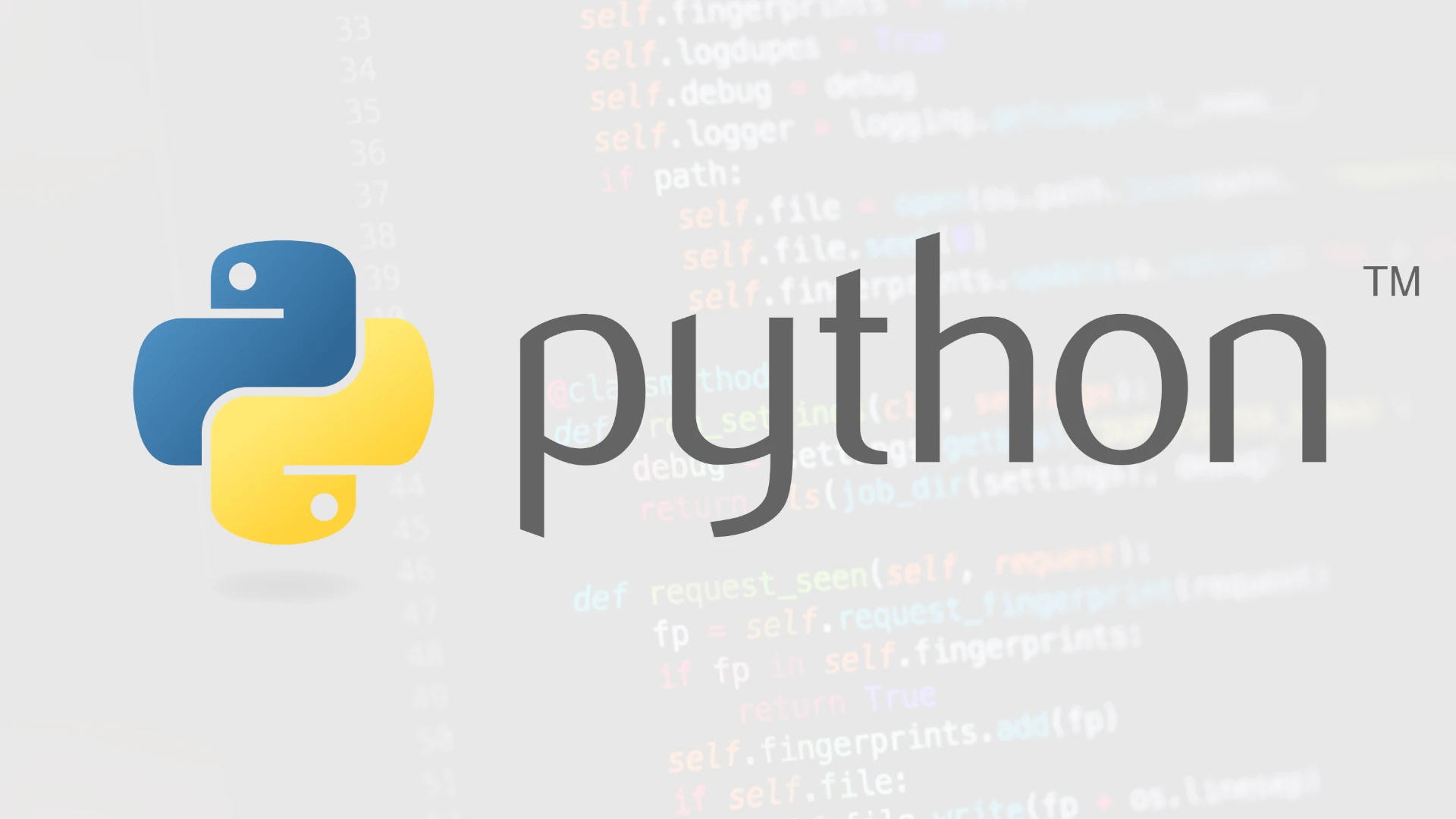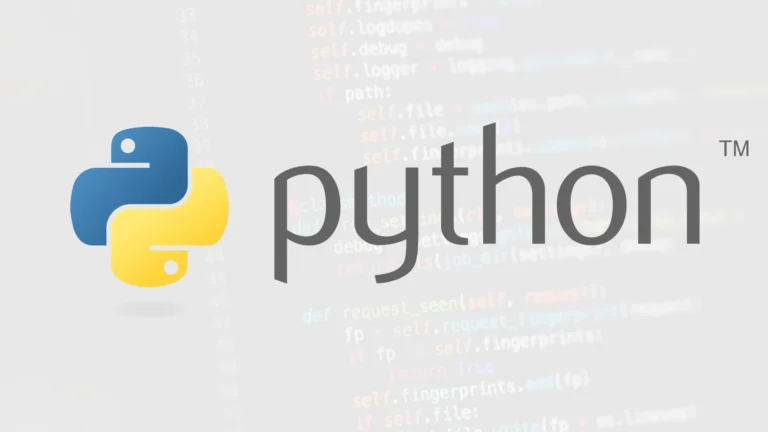
Python’s if statement lets you run a block of code only if a certain condition is true. This control structure is essential for making decisions in programming. Using if, elif, and else statements allows developers to handle different scenarios efficiently.
To implement an if statement in Python, you simply use the if keyword followed by a condition and a colon. The code to run if the condition is true is indented beneath this line. This makes it easy to read and understand. Python also supports nested if statements and logical operators to manage more complex conditions. Examples and detailed explanations are available on Programiz’s comprehensive guide.
For more advanced usage, you can integrate if statements with loops or use them in functions. This flexibility allows for dynamic and responsive program behavior. Learn more about creating both basic and complex if statements on Dataquest’s tutorial.
Using If Statements in Python
Understanding If Statements
In Python, an “if statement” acts as a decision-maker. It allows your code to check a condition and execute a specific block of code only if that condition is true. Think of it like a fork in the road: your program takes one path if the condition is true and another path if it’s false.
The Basic Syntax
The basic structure of an “if statement” looks like this:
if condition:
# code to execute if the condition is TrueHere, the condition is an expression that evaluates to either True or False. The indented block of code following the condition will only run if the condition evaluates to True.
Adding Alternatives with “Else”
You can use an else block to provide an alternative course of action if the condition in the if statement is not met. The syntax looks like this:
if condition:
# code to execute if the condition is True
else:
# code to execute if the condition is FalseHandling Multiple Conditions with “Elif”
Sometimes, you need to check multiple conditions. That’s where elif (short for “else if”) comes in. You can use as many elif blocks as needed to test different conditions:
if condition1:
# code to execute if condition1 is True
elif condition2:
# code to execute if condition2 is True
elif condition3:
# code to execute if condition3 is True
else:
# code to execute if none of the conditions are TrueCombining Conditions with Logical Operators
You can use logical operators like and, or, and not to create complex conditions:
if age >= 18 and has_license:
print("You can drive!")
elif age >= 16 and has_permit:
print("You can drive with supervision.")
else:
print("You cannot drive yet.")Real-World Examples
If statements are used in countless ways in programming. Here are a few examples:
- Game Development: Checking if a player has won or lost.
- Data Analysis: Filtering data based on specific criteria.
- Web Development: Displaying personalized content to users.
- Automation: Performing tasks based on specific conditions.
Summary Table:
| Statement | Purpose |
|---|---|
if | Executes code if a condition is True |
else | Executes code if the previous if condition is False |
elif | Tests additional conditions if the previous ones are False |
and | Combines multiple conditions; all must be True |
or | Combines multiple conditions; at least one must be True |
not | Inverts the truth value of a condition |
Key Takeaways
- Python’s
ifstatement checks conditions and runs code accordingly. - Syntax involves
if,elif, andelsekeywords. - Combines well with loops and functions for advanced logic.
Understanding Python If Statement Syntax
Python’s if statement allows you to execute code only when a specific condition is true. This section explains the syntax for if statements, using elif for multiple conditions, and incorporating else for alternative outcomes.
Basic If Statement Structure
An if statement in Python starts with the keyword if. It is followed by a condition and a colon. If the condition evaluates to True, the indented code block under the if statement runs.
Example:
if condition:
# code block
- keyword: if
- condition: A Boolean expression that can be either True or False.
- colon: Ends the if statement line.
- indentation: The code block under the if statement must be indented.
Using Elif for Multiple Conditions
To evaluate multiple conditions, use the elif keyword, which stands for “else if.” This allows the execution of another code block if the first condition is false but a second condition is true.
Example:
if condition1:
# code block 1
elif condition2:
# code block 2
- elif: Adds an additional condition.
- condition2: Another Boolean expression.
- indented code block: Executes if condition1 is False and condition2 is True.
Multiple elif statements can be used to check different conditions sequentially.
Incorporating Else in Decision-Making
The else statement provides a code block that runs if none of the prior conditions are True. It acts as a fallback scenario when all previous conditions are False.
Example:
if condition1:
# code block 1
elif condition2:
# code block 2
else:
# code block 3
- else: No conditions are checked.
- else clause: Executes if none of the if or elif conditions are True.
The else statement must follow the last elif or if block and must be indented. Using if-elif-else statements ensures all logical conditions are covered, making the code more robust and reliable.
Implementing Conditional Logic in Python
Implementing conditional logic in Python allows users to execute specific code based on certain conditions. By using if statements, Python can make decisions and control the flow of a program.
Comparing Values for Conditional Checks
Conditional checks in Python involve comparing values using various operators. The if statement is the most basic control structure, which checks if a condition is true.
if x > y:
print("x is greater than y")
Comparison operators like <, >, and == help test conditions. Logical operators such as and and or combine multiple conditions. For example, if x > 0 and y < 10: checks if both conditions are true. Python evaluates each expression and executes the subsequent code block if the condition holds.
Utilizing Control Structures in Python
Control structures, such as if, elif, and else, determine which block of code executes. The if keyword initiates a conditional check. If this condition is false, elif (short for else-if) evaluates the next condition. If none are true, else executes.
if x > y:
print("x is greater")
elif x < y:
print("y is greater")
else:
print("x and y are equal")
Control structures enable more complex decision-making. Nested if statements handle conditions within other conditions. The pass statement can be used within control structures to indicate a placeholder where no action is taken.
Advanced Conditional Techniques
Advanced techniques include using the ternary operator and handling multiple statements in a single condition. The ternary operator simplifies assignments:
result = "x is greater" if x > y else "y is greater"
Compound statements allow multiple actions in a single line:
if x > y: print("x is greater"); y = x
Boolean values True, False, and None play a significant role. For example, if x is not None: ensures a variable is not null before proceeding. Using these techniques enhances the efficiency and readability of Python code.
Frequently Asked Questions
Here are common questions about using if statements in Python, including syntax, multiple conditions, and examples.
How do you use multiple conditions within an if statement in Python?
To use multiple conditions, you can combine them with logical operators like and, or, and not. For example, to check if a number is between 10 and 20, you can write:
if 10 < number < 20:
print("The number is between 10 and 20.")
What is the correct syntax for using ‘if’, ‘elif’, and ‘else’ statements in Python?
The syntax involves starting with if to check a condition, elif for additional conditions, and else for any remaining cases. For example:
if x < y:
print("x is less than y")
elif x == y:
print("x is equal to y")
else:
print("x is greater than y")
How do nested if statements work in Python?
Nested if statements are if statements placed inside other if statements. They are used to check multiple conditions in a hierarchy. Here is an example:
if x > 10:
if y < 5:
print("x is greater than 10 and y is less than 5")
else:
print("x is greater than 10 and y is not less than 5")
Could you provide examples of using conditional statements in Python?
Here’s a simple example to determine if a person is eligible to vote:
age = int(input("Enter your age: "))
if age >= 18:
print("You are eligible to vote.")
else:
print("You are not eligible to vote.")
What is the purpose and use of ‘==’ in Python’s conditional structures?
== is the equality operator in Python. It checks if two values are equal. For example:
if x == 10:
print("x is 10")
How are strings compared in Python’s if statements?
Strings are compared using the same comparison operators as numbers. For example, to check if two strings are equal:
str1 = "hello"
str2 = "world"
if str1 == str2:
print("The strings are equal.")
else:
print("The strings are not equal.")

